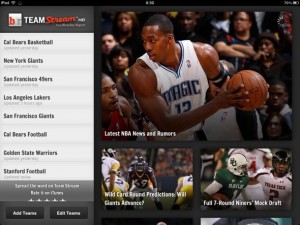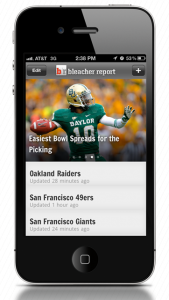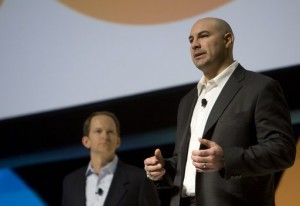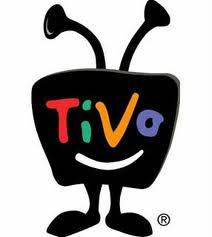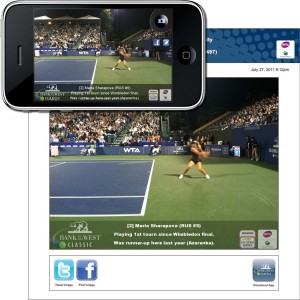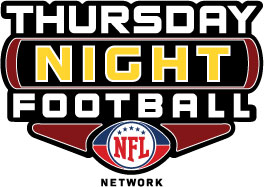To better address the nearly 40 percent of its viewers who access its content via a mobile connection, Bleacher Report is launching an iPad version of its “Team Stream” app today, giving fans a better mobile viewing experience for the “stream” of news, Tweets, story links and other info that Team Stream helps them create.
Having a version of the app available for the Apple iPad will give Team Stream users a bigger screen to negotiate between articles and content items, and will also provide a “personalized dashboard” on the home screen with national-topic headlines as well as stories about the topics and teams selected by the user.
While the Team Stream app has gained its share of kudos and credits — if you’ve never used it, it’s incredibly simple and powerful, bringing you a mix of professional media content as well as athlete- and fan-generated content on the teams of your choice — what was more interesting to us at Mobile Sports Report was Bleacher Report’s claim that almost 40 percent of the site’s overall traffic is now coming from mobile connections, showing that sports fans are leading the way to content consumption on the go.
“We really saw mobile happen in 2011,” said David Finocchio, co-Founder and vice president of content and product at Bleacher Report, in a phone interview. According to Finocchio, Bleacher Report — one of the top sports websites — started the year with just less than 10 percent of its traffic via mobile. By the end of the year that number was almost at 40 percent, making the “mobile future” something that was here, now.Inside the mobile traffic number, Finocchio said readers using tablets “grew faster than any [device] segment, and it continues to grow faster.” That fact made development of an iPad version of Team Stream a no-brainer. Now fans who currently use the desktop or phone versions of Team Stream to compile tweets, stories and other info from around the web (curated by Bleacher Report editors) will have a larger screen mobile option, the better to watch video replays or view pictures.
Bleacher Report, which now claims 22 million monthly unique visitors and picked up $22 million in growth capital this past summer, is carving out its own space in the ever-expanding world of sports media with a unique focus, one that Team Stream helps deliver: Finding the best content, which is often local in origin, and then arranging it in one place to make it easy for fans to find.
“Right now it’s just too damn hard to go out and find all that information by yourself,” Finocchio said. “You should be able to go to one place.”
